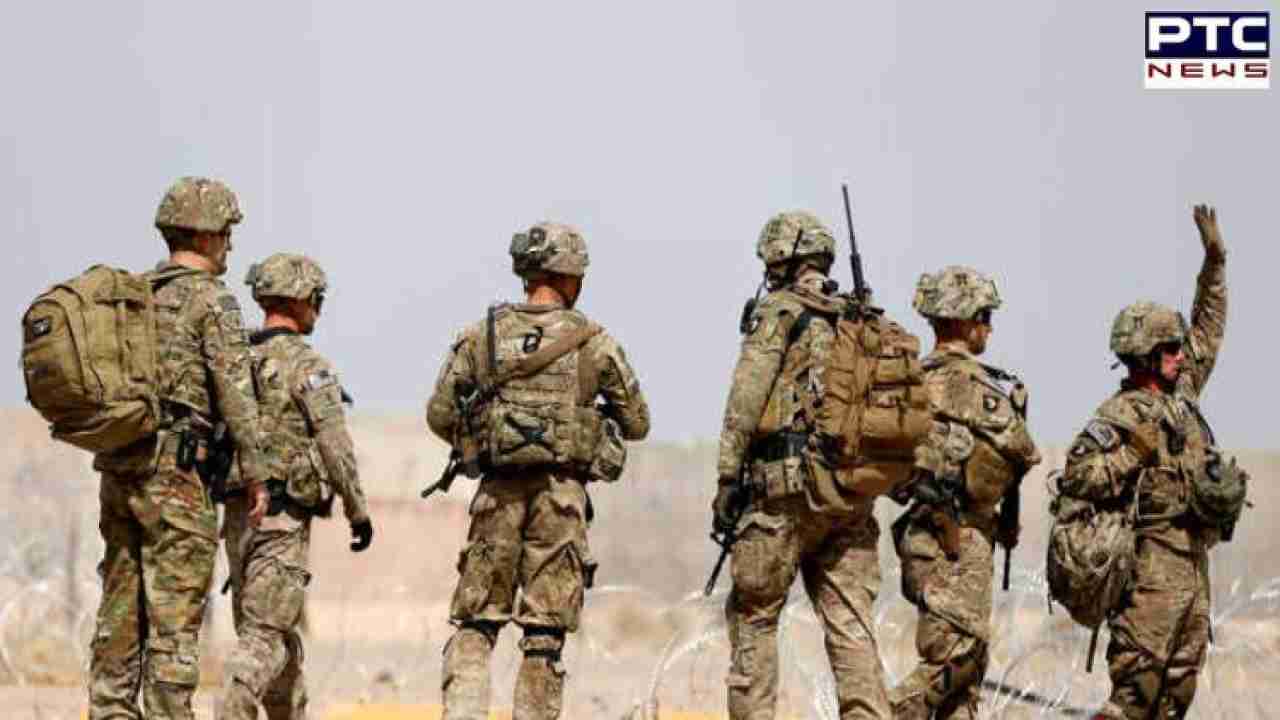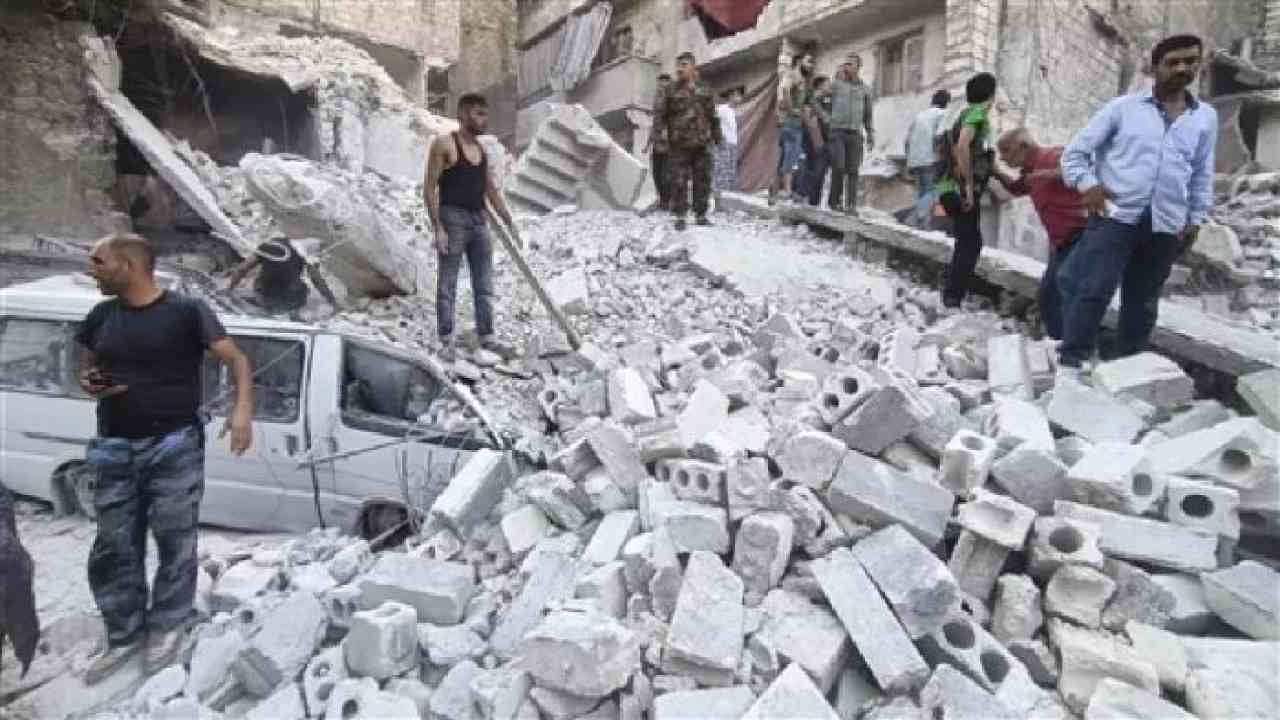

Israel-Lebanon War: When Lebanon’s prosperity was doomed by its neighbours | Series 2
Israel-Lebanon War: By 1975, Lebanon was caught in the grip of a brutal civil war. According to Samir Makdisi and Richard Sadaka's book, 'The Lebanese Civil War', three major reasons contributed to the eruption of this conflict:
Religious-Based Power Structure: Christians Dominated Key Positions
When Lebanon gained independence in 1943, the government, army, and civil services were divided among 18 religious sects. The Christian president, Sunni Muslim prime minister, and Shia Muslim speaker of the parliament represented this power-sharing arrangement. However, over time, Shia and Sunni communities felt marginalised, as they believed key positions remained dominated by Christians. This perception sowed the seeds for the civil war.
Economic Inequality: Christians Grew Wealthier While Muslims Were Left Behind
Lebanon's economy underwent a significant transformation during the 1960s. However, this rapid growth only widened the socio-economic divide between religious groups. Christians, particularly the Maronites, became wealthier, while a large portion of the Muslim community remained impoverished and unemployed. This economic disparity fueled tensions between the religious factions, eventually triggering civil unrest.
Rising Sunni and Palestinian Populations Stirred Christian Resentment
While Lebanon was prospering, its neighbouring countries were embroiled in crises. The Israel-Palestine conflict and Syria’s own turmoil led waves of Sunni refugees to flee into Lebanon. As the Sunni population increased, tensions between religious groups heightened. Matters worsened when, during the 1960s, the Palestinian Liberation Organisation (PLO) established its base in Lebanon. The influx of Palestinian refugees and their militant activities against Israel further angered Lebanese Christians, who perceived the situation as a threat to Lebanon’s stability.
_3115ef3db53897d0ee92e6b609e3c867_1280X720.webp)
Former Lebanese PM Justified Support for Palestinians
In the 1960s, Palestinian guerrilla groups used Lebanon as a launchpad for attacks on Israel, often acquiring weapons via the Syrian border. Despite Lebanon's military intervening against these fighters, public sympathy towards Palestinians limited the scope of any meaningful crackdown. In 1969, a crucial agreement was brokered in Cairo between the Lebanese government and the Palestinian fighters, granting the latter free movement within Lebanon, thus enabling more frequent attacks on Israel.
Former Lebanese Prime Minister Saeb Salam, in an interview, justified Lebanon’s involvement with the Palestinian cause, stating that Lebanon, being an integral part of the Arab world, could not remain detached from Arab affairs, including the Palestinian issue. When questioned whether he was willing to compromise Lebanon’s security and peace for Palestine, Salam admitted that Lebanon had no choice but to be involved in the Palestinian struggle.

The Catalyst: Killing of 27 Palestinians by Christian Militias
In April 1975, tensions boiled over when armed men opened fire outside a church, killing four Phalangists (members of the Christian militia). The Phalangists blamed the Palestinians for the attack and retaliated by killing 27 Palestinians on a bus. According to C. Azam's book 'Lebanon', this event marked the beginning of Lebanon’s civil war. By the end of 1975, the country was divided into Christian-majority East Beirut and Muslim-majority West Beirut, with brutal killings taking place between factions. By the end of the first year, over 10,000 persons were killed and 40,000 wounded, with more than 1,00,000 Christians fleeing to the West and Muslims seeking refuge in Arab countries.
Syria Intervenes, Only to Switch Sides
By 1976, Lebanon’s president appealed to Syria for assistance. Syrian President Hafez al-Assad responded by sending 40,000 troops to support Christian militias against Palestinian and Muslim factions. However, this move was widely condemned by Arab nations. Soon, Syria switched its allegiance to support Palestinian and Muslim groups, a dynamic that continued until 2005, when Syrian forces finally withdrew from Lebanon after occupying significant parts of the country.
The Israeli Invasion and the Birth of Hezbollah
In 1982, amid the civil war, Israel invaded Lebanon, claiming it sought to eliminate Palestinian militancy in the region. Israeli forces occupied West Beirut and, in a notorious massacre, killed nearly 3,000 Palestinian refugees in the Sabra and Shatila camps. This event catalysed the formation of Hezbollah, a militant group with strong backing from Iran. Hezbollah continued its fight against Israel, becoming a major force in Lebanese politics and military matters.
A Divided Lebanon: Two Govts in Power
Following the assassination of President-elect Bashir Gemayel in 1982, his brother Amin Gemayel became president. However, in 1988, just minutes before leaving office, Amin replaced Sunni Prime Minister Selim al-Huss with Christian General Michel Aoun. This move enraged the Muslim community, leading to mass resignations from key government posts. Lebanon now found itself with two rival governments—Aoun led one from the presidential palace, while Hoss led the other from West Beirut.
Saudi Arabia’s Peace Efforts and the End of the Civil War
In 1989, Saudi Arabia mediated peace talks in Taif, where an agreement was reached to end Lebanon’s civil war. Under the Taif Accord, the balance of power between Christians and Muslims was altered from a 6:5 ratio to an even 1:1, with many presidential powers transferred to the cabinet. Despite these reforms, Michel Aoun refused to step down. It wasn’t until a Syrian airstrike on the presidential palace in 1990 that Aoun fled, marking the formal end of the civil war.
By the time the conflict ended, over 1,00,000 people had died, 2,00,000 were injured or disabled, and around 9,00,000 had fled Lebanon, accounting for 20% of the country’s population. Beirut was split into two regions, and much of the country lay in ruins.
Hezbollah’s Rise to Power
While most militias disbanded after the war, Hezbollah continued its operations, focusing on fighting Israel. With strong backing from the Shia community and substantial political and military strength, the Lebanese government struggled to rein in Hezbollah. Over time, Hezbollah also entered Lebanese politics, gaining significant influence.
In May 2008, Hezbollah’s grip tightened when the government shared the details of the group’s private telecom network with Saudi Arabia and the United States. In retaliation, Hezbollah seized control of parts of Beirut.
Today, Israel and Hezbollah are once again engaged in conflict, with Lebanon caught in the middle.
Also Read | Israel-Lebanon War: Why Lebanon remains entangled in conflict, fighting endless war for Palestine | Series 1
- With inputs from agencies
